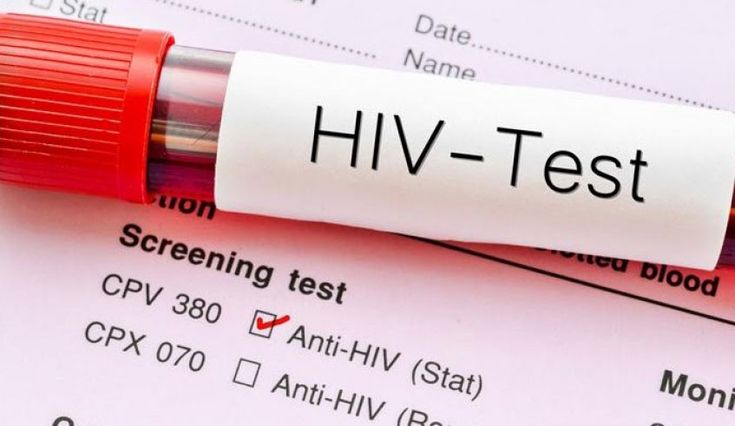In a groundbreaking advancement, scientists have successfully used CRISPR/Cas9 gene editing to eliminate HIV-1 DNA from the genomes of human immune cells. This achievement marks a significant step toward developing a potential cure for HIV.
The research team, led by scientists from Amsterdam University Medical Center, utilized CRISPR technology to target and excise the HIV genome embedded within infected cells. By precisely cutting out the viral DNA, they effectively removed the virus from the host cells, even those in latent reservoirs where HIV can remain dormant and undetected.
“This is the closest we’ve ever been to a real cure for HIV,” researchers note.
Despite these promising results, the technique is still in the experimental stage. Further studies are needed to optimize delivery methods and ensure the safety and efficacy of the treatment in human trials.
Why This Matters
Even though this is just the beginning, this breakthrough has significant implications for the future of HIV treatment:
- Potential Cure: CRISPR could pave the way for therapies that eliminate HIV from the body entirely, rather than merely controlling it with antiretroviral drugs.
- Targeting Latent Reservoirs: The ability to remove HIV from dormant cells addresses one of the major challenges in curing the virus.
- Hope for Millions: If successful, this approach could offer a long-term solution for the millions of people living with HIV worldwide.
“This is a pivotal moment in HIV research,” experts say.
The Breakthrough
This development demonstrates the power of gene editing technologies in addressing complex health challenges. While it’s too early to declare a cure, the success of CRISPR in removing HIV from human cells offers hope for future treatments.
For those interested in the future of medicine, this breakthrough highlights the potential of gene editing to transform the treatment of viral infections and beyond.
How Crispr Gene editing works.






